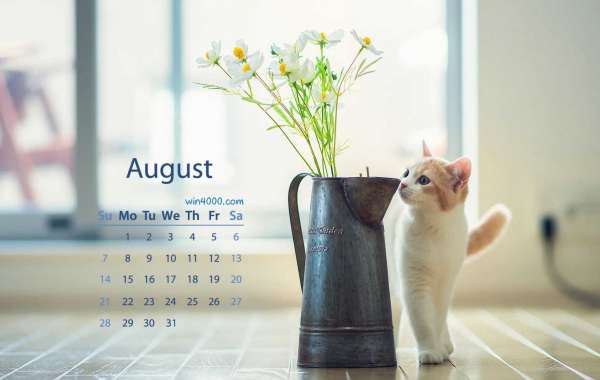How to Write a Professional Email to a Client
Introduction
When communicating with clients via email, it's essential to maintain a professional tone and ensure clarity in your message. Whether you're sending a follow-up, answering a query, or providing information, your email should reflect professionalism, build trust, and foster good relationships. This guide will walk you through the process of writing an effective professional email to a client.
For expert tips on professional email writing, check out this Email Writing guide.
Why Is Professional Email Communication Important with Clients?
Email is a primary mode of communication with clients in most industries. How you communicate via email can have a lasting impact on your professional reputation and the overall client relationship. A well-written email can demonstrate your professionalism, attention to detail, and commitment to the client’s needs.
Steps to Writing a Professional Email to a Client
1. Start with a Clear Subject Line
The subject line should be specific and directly related to the content of your email. It helps the client quickly understand the purpose of your message.
- Example: Update on Project X Timeline
2. Use a Formal Greeting
Always address your client by their name if possible. If you’re unsure of the person’s preferred form of address, “Dear [Client Name]” is a safe choice.
- Example:
- Dear Ms. Williams,
- Hello Mr. Thompson,
3. Be Clear and Concise in Your Message
State the purpose of your email clearly in the first paragraph. Clients often appreciate concise communication. Avoid unnecessary details or jargon.
- Example: I am writing to update you on the status of the marketing campaign for your new product launch.
4. Provide Necessary Details and Information
If you need to convey specific details, such as updates on a project or important deadlines, break the information into easy-to-read bullet points or short paragraphs.
- Example:
- The design phase is 75% complete.
- We plan to launch the campaign by February 15th.
5. Address the Client’s Concerns or Queries
If the email is in response to a client query, make sure to address their concerns thoroughly but concisely.
- Example: Regarding your question about the campaign budget, I have attached a revised estimate based on the latest projections.
6. Use Professional Language and Tone
Always keep your tone respectful and professional. Avoid being too casual or overly familiar. Be polite and express your willingness to assist the client with any further questions.
7. Close with a Call to Action or Next Steps
If applicable, include a call to action or request the client’s next steps. Let them know how to proceed or what you expect from them.
- Example: Please let me know if you have any further questions or if you would like to schedule a call to discuss the project in more detail.
8. Use a Formal Closing
End your email with a professional closing and your contact details.
- Examples:
- Sincerely,
- Best regards,
Example of a Professional Email to a Client
Subject: Follow-Up on Project X Progress
Dear Ms. Williams,
I hope this email finds you well. I wanted to take a moment to update you on the status of the marketing campaign for your new product launch.
Here are the key updates:
- The design phase is 75% complete.
- We plan to launch the campaign by February 15th, as previously discussed.
- I have attached the revised budget estimate for your review.
If you have any questions or would like to discuss any aspect of the project, please feel free to reach out to me. I am available to schedule a call at your convenience.
Thank you for your continued trust in our services.
Best regards,
John Doe
Project Manager
[email protected]
(123) 456-7890
Common Mistakes to Avoid in Client Emails
1. Using an Informal Tone
While some clients may prefer a more casual tone, it’s always better to err on the side of professionalism.
2. Failing to Proofread
Emails with spelling or grammar mistakes can give a negative impression. Always proofread before hitting send.
3. Overloading with Information
Keep your email focused and concise. Providing too much unnecessary information can overwhelm the client.
4. Being Too Vague
Make sure to clarify the purpose of your email and avoid ambiguity. Clear communication leads to better client relations.
Conclusion
Writing professional emails to clients is a crucial aspect of maintaining strong business relationships. By following these steps and maintaining a respectful tone, you can communicate effectively and ensure that your emails reflect the quality of service your business provides.
For more tips on professional email writing, visit Wordsmithh.









